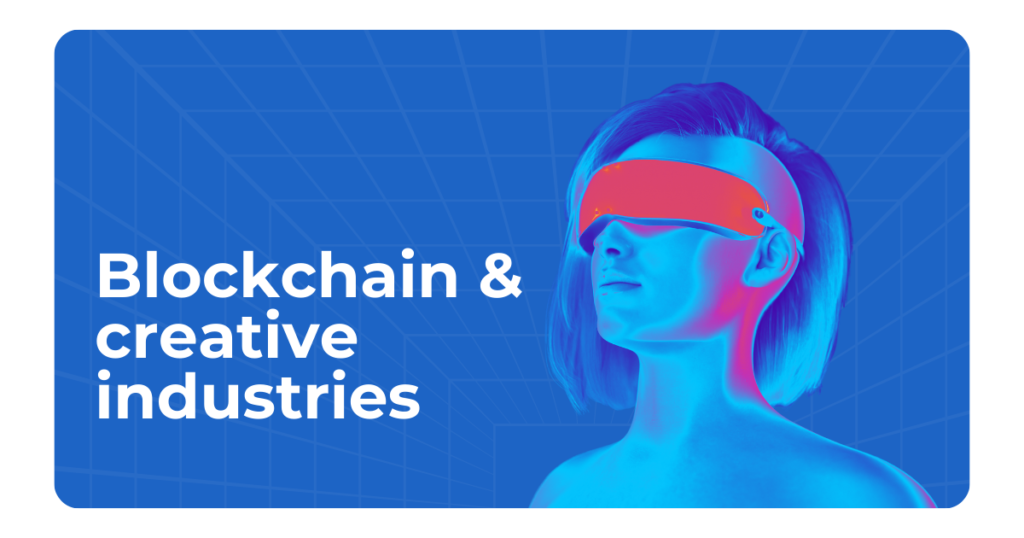

Blockchain technology for cultural and creative industries
How cultural and creative EU industries could benefit from new
technologies like blockchain?
Blockchain holds enormous potential to break down barriers that could lead to more efficiency, greater accountability, lower costs and increased remuneration for artists.
Apart from the benefits of enhanced transparency, disintermediation, new channels of sales and engagement with NFT – non fungible tokens, we have invented the notion of useowners so that all users that use the creation automatically turn out to be co-owners, aiming at unprecedented levels of value creation, value protection, and engagement.
For the useowners opportunity, blockchain is key.
Benefits and creative economy
And here follows several excerpts dated from 2017 published by the World Economic Forum. In the creative economy, blockchain can redefine how artists are remunerated by acting as a platform for creators of intellectual property to receive value for their work.
A common complaint lodged by artists is that, as performance-rights organizations and new intermediaries such as YouTube and Spotify increasingly insert themselves into the value chain between artists and their audiences, artists receive smaller cuts of revenue and have less say over how their creative works are priced, shared or advertised.
For example, on Spotify it would take between 120 to 170 streams for rights holders to receive their first penny. “People end up doing it without paying or not doing it at all”.

Smart Contracts
Blockchains can host “smart contracts” to help artists manage digital rights and allocate revenue shares to contributors to the creative process. Such smart contracts have the potential to replace conventional contracts, which can be esoteric and leave some artists with little power over the terms for the content they generate.
All of the transactions for a creative work could be seen and validated, including who accessed the work and how much revenue the work is generating at any point in time. This will allow stakeholders to have a better sense of the overall value of the creative work that is being produced, all in the form of a digital ledger provided in the blockchain.
The value of content
Creative content can be mispriced. By tracking the demand for creative content, pricing could be more dynamic. Prices for creative content could fluctuate according to supply and demand. Moreover, artists could control prices and have the ability to set prices themselves without having to go through a complex web of intermediaries.
Once this value is created, there are means to Value Preservation.
Finally, the new trend of engagement with consumers, through blockchain, the tokenization of the creations, for new sales channels and enhanced loyalty by means of NFT (Non fungible-tokens).
We advocate for a new management of intellectual property and rights, and engagement, through the usowners: the users are co-owners of the creations, an active part in its governance, provenance, genuinity and protection.
If you want to discover other blockchain applications, read our next post about the blockchain aplications in educative sectors.
Find us!
Cristòfol Grober 4, local 35
17001 - Girona
Gran Via Carles III, 98 planta 10
08028 - Barcelona

Copyright © 2023 Blue Room Innovation Privacy Policy - Legal Warning -